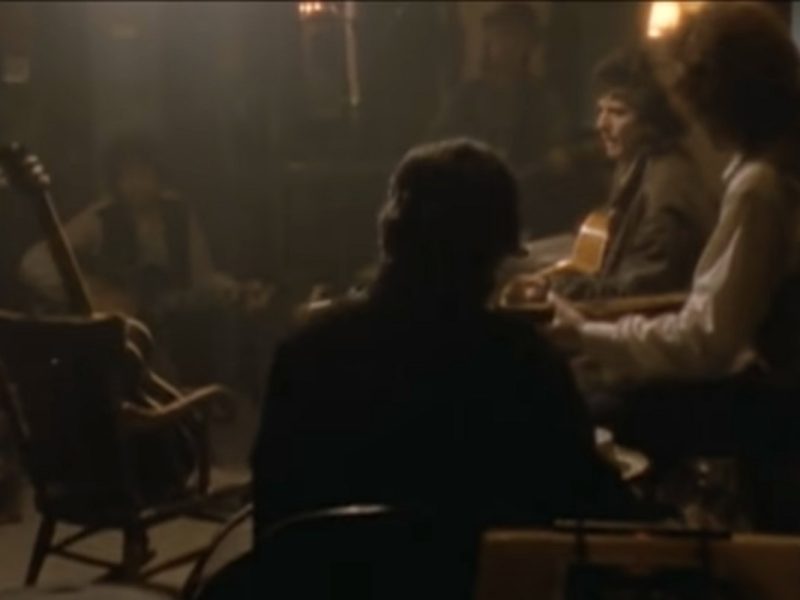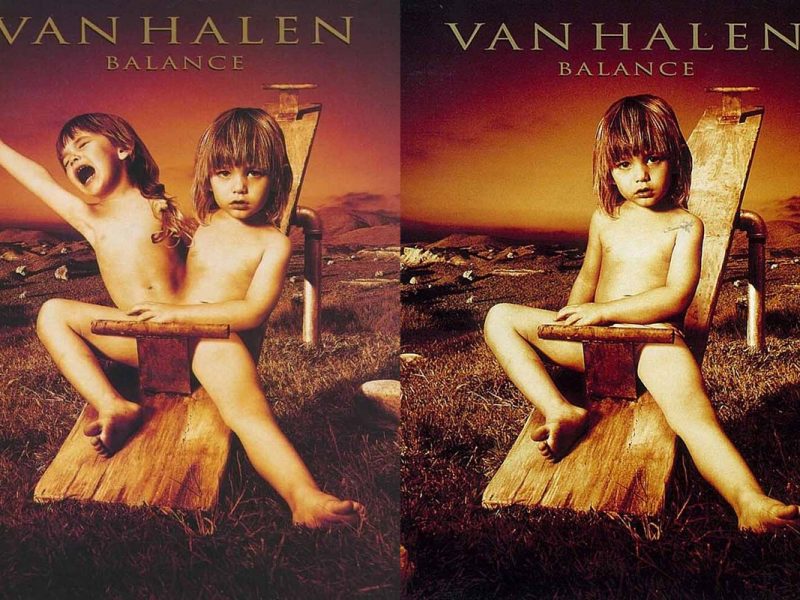After spending several years dabbling in global rhythms and songforms – and kicking off his solo career in the wake of Simon & Garfunkel’s dissolution – Paul Simon returned to his American roots for his second solo album, 1973’s There Goes Rhymin’ Simon, resulting in one of the biggest hits of his career.
The album, released in May 1973, found Simon leading a peripatetic series of sessions that took place in a number of far-flung locations, including London and Mississippi. But the place that truly colored the album’s sound – and tied together its nimble explorations of gospel, folk, and dixieland – was the Muscle Shoals Sound Studio, located in Muscle Shoals, Ala.
Already the nexus for a series of classic soul recordings throughout the ’60s (including Wilson Pickett’s “Mustang Sally” and James & Bobby Purify’s “I’m Your Puppet”), Muscle Shoals would ultimately become something of a pilgrimage for a long list of rock artists. Still, when Simon started the sessions for his sophomore solo studio project, he had no idea what to expect.
In fact, legend has it that Simon only sought out the studio because he liked what he heard on another track cut there – the Staple Singers’ “I’ll Take You There” – and showed up expecting to find a group of Jamaican musicians. Surprised to find a largely white crew, he rolled tape on what he thought would be one song: “Take Me to the Mardi Gras.”
“We did it on the second take,” bassist David Hood later recalled. “He’s got all this time left over, and he’s not going to pay four days’ worth of studio time for one song. So he says, ‘What else can we record?'”
Listen to Paul Simon Perform ‘Kodachrome’
Continued Hood, “So he sits and plays and we tape ‘Kodachrome’ and a few other things. He was amazed, though, because he has always taken so long recording things, he couldn’t believe that we were able to get something that quickly. But we had our thing down to a real science by the time we started working with him, because we had done so much stuff, we could make a chord chart and get you a really good track in one or two takes. Songs we’d never heard before, we could do that.”
The band’s loose feel (as well as its signature quirks, such as the sanitary napkins Hood says they taped to the ceiling in order to ward off a leak) lent There Goes Rhymin’ Simon an irresistible warmth. That was entirely appropriate for a series of songs that, while not without a certain wearily mournful vibe, offered listeners a glimpse of Simon exploring themes of fatherhood (“St. Judy’s Comet”), domestic tranquility (“Something So Right”), comity (“One Man’s Ceiling Is Another Man’s Floor”) and plain old happiness (“Was a Sunny Day”).
The result was an immediate hit, spinning off a pair of Top 5 singles in “Kodachrome” and “Loves Me Like a Rock” (the latter featuring stellar background vocals from the Dixie Hummingbirds) while nearly topping the album charts and picking up Grammy nominations for Best Male Pop Vocal and Album of the Year.
Like the rest of Simon’s solo albums, Rhymin’ Simon was more of a stylistic detour than a document of lasting change; although he’d invite some of the same personnel to join him on some tracks for his next record, Still Crazy After All These Years, he was already moving on to his next sound.
Still, this album has proven one of Simon’s most fondly remembered collections, with a number of tracks (including “Kodachrome,” “Loves Me Like a Rock” and “American Tune”) remaining fan favorites over the past 40-plus years.
Top 40 Singer-songwriter Albums
From Bob Dylan and John Lennon to Joni Mitchell and Billy Joel.



